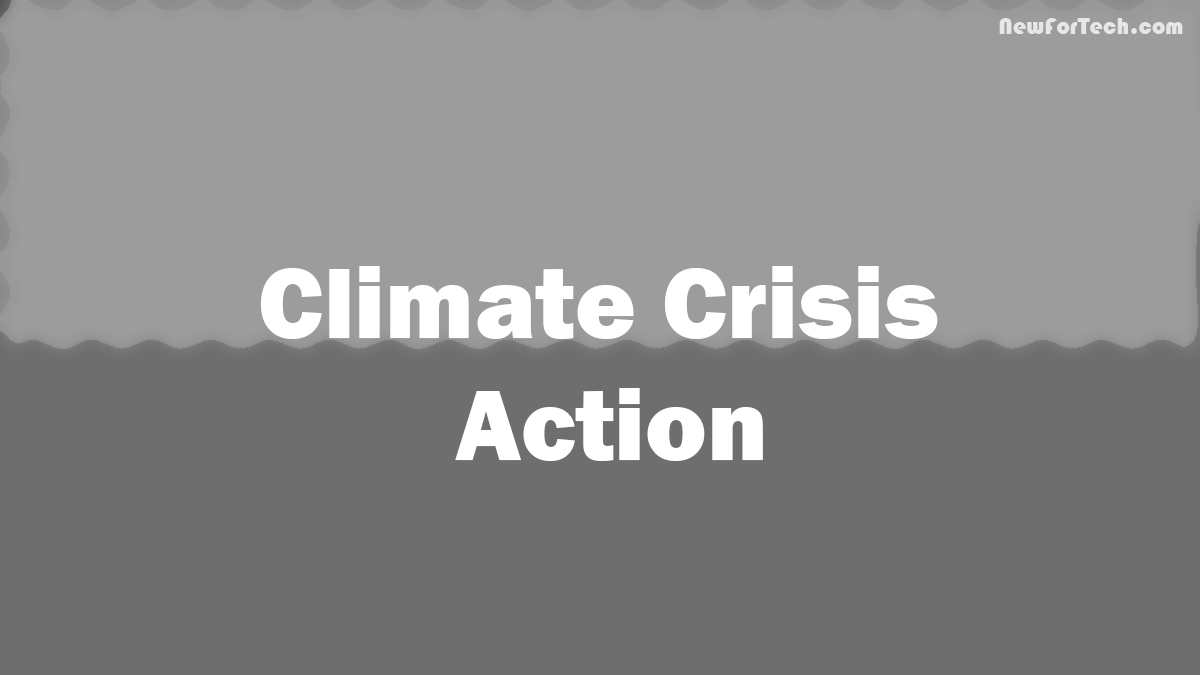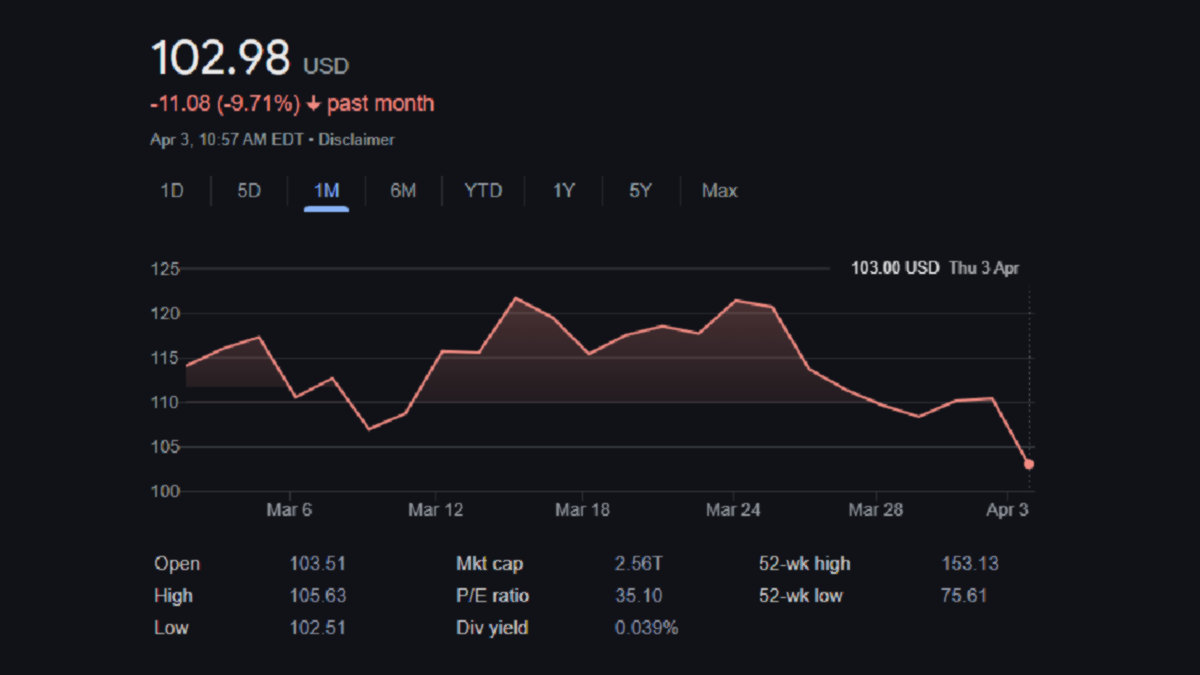In the realm of pressing business priorities, sustainability has gained prominence. The cloud emerges as a pivotal ally, playing a crucial role in fostering success within the IT industry and across various sectors.
This affirmation stems from a recent HCLTech and FT Longitude survey, titled ‘Cloud Evolution: Make Innovation a Habit.’ The survey, involving 500 senior decision-makers, underscores the significance of cloud technology. Remarkably, 90% of executives acknowledged that the cloud played a vital role in their swift response to achieving sustainability goals.
Addressing ICT’s Environmental Impact
In addressing the environmental impact of Information and Communication Technology (ICT), a pressing need for enhanced sustainability agendas arises. The cloud is now recognized as the catalyst for achieving this imperative goal. The ICT sector, responsible for approximately 4% of global CO2 emissions and 7% of global power consumption, confronts challenges tied to data centers and communication networks, contributing to greenhouse gas emissions. Given its substantial emissions footprint, the ICT sector uniquely holds the power to leverage technology, simultaneously aiding organizations across industries in meeting their sustainability targets.
The Transformative Role of the Cloud in Sustainability
The cloud plays a pivotal role in reshaping the current landscape and fostering sustainable ecosystems. It empowers companies to access data and applications online, eliminating the need for physical servers and enhancing efficiency through automation.
Key Contributions of Cloud to Sustainability:
- Cloud facilitates dynamic IT resource allocation, preventing wasteful over-provisioning and promoting scalability.
- Organizations, by embracing the cloud, minimize hardware, avoiding the acquisition and disposal of physical servers.
- Cloud providers prioritize renewable energy, curbing emissions, and committing to green data center practices.
- Cloud-based AI/ML tools drive sustainable innovation, aiding organizations in emission reduction. For instance, IBM’s weather forecasting system supports farmers in sustainable crop decisions.
- Cloud providers emphasize green software practices, aligning software design with energy efficiency, hardware efficiency, and carbon awareness.
Navigating Sustainability in Cloud Workloads
When constructing cloud workloads, prioritizing sustainability is crucial. Understanding the impact of services, quantifying effects throughout the workload lifecycle, and applying design principles are essential to minimize environmental impact.
Key Considerations:
- By 2025, carbon emissions from hyperscale cloud services will significantly influence cloud purchase decisions, driven by the cloud’s impact on corporate sustainability and consumer choices.
- Organizations focus on reducing greenhouse gas emissions, categorizing them into Scope 1, 2, and 3.
- Scope 1: Direct emissions within an organization’s control, like fuel usage by hyperscalers in backup generators.
- Scope 2: Indirect emissions from purchased electricity powering data centers, including emissions from electricity providers.
- Scope 3: Other indirect emissions beyond an organization’s control, encompassing construction, logistics, and manufacturing, often constituting over 70% of carbon footprints.
Cloud’s Role in Sustainable Solutions
Cloud services offer a compelling avenue to mitigate GHG emissions and address Scope 1, 2, and 3 emissions. Noteworthy contributions include:
1. Sustainable Digital Foundation:
- Cloud provides eco-friendly platforms for digital infrastructure, applications, and data.
2. Green Data Centers:
- Cloud facilitates the establishment of environmentally friendly data centers.
3. Dematerialization:
- Cloud aids in reducing physical resources, promoting dematerialization.
4. Innovation Hubs:
- Cloud fosters innovation, driving the creation of solution centers.
5. SaaS for Greener Solutions:
- Software as a Service (SaaS) leads to environmentally conscious solutions.
6. FinOps for Sustainability:
- FinOps integrates finance, engineering, and cloud expertise for sustainable cloud solutions.
7. GreenOps Practices:
- Implementing FinOps and GreenOps in the public cloud drastically cuts CO2 emissions, surpassing legacy infrastructure by 95%.
8. Digital Sustainability Impact:
- The amalgamation of FinOps and GreenOps optimizes resources, reduces energy consumption, minimizes waste, and promotes ethical practices. This not only achieves financial and environmental sustainability but also enhances brand reputation and customer loyalty.
Urgent Steps Toward Climate Action
1. Acknowledging the Climate Crisis:
- The global climate crisis poses an imminent threat, necessitating swift action.
2. Organizational Initiatives:
- Committees and sustainability plans are emerging to objectively measure and track change.
3. Periodical Reviews:
- Regular evaluations establish baselines, ensuring ongoing commitment to sustainability goals.
4. Individual Responsibilities:
- Every person must contribute to fostering a cleaner and greener future for the planet.
Discover more from NewForTech
Subscribe to get the latest posts sent to your email.




